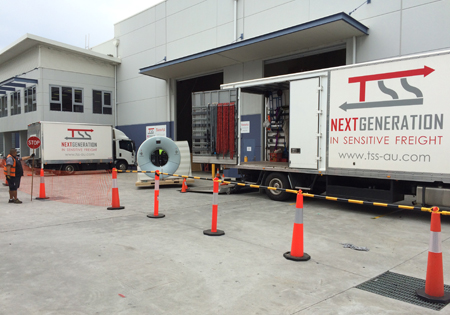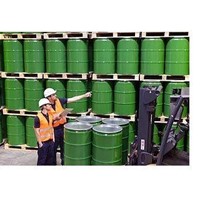The legislators have significantly increased the requirements on all employers, and particularly small to medium enterprises (SME) have found themselves increasingly having to cope with increased demands on their time and resources to respond to this increased focus.
The WHS Harmonisation laws introduced to Australia attempted to create a "common" approach while again, placing very clear demands on operators to improve their safety performance.
At first glance, these WHS laws appear complicated and problematic for a SME to comply with.
However, if one analyses the legislation it is in fact not as onerous as it first appears.
The legislation essentially requires an employer to target three primary areas. Communication, consultation and risk.
Simplistically, the law requires an employer to communicate and consult with its workforce. This can be a new experience for many smaller operators as historically it’s not been a defined process. In reality it’s not difficult. Face to face discussions, toolbox talks, and providing documented and understandable policies and procedures are simple but effective methods of ensuring that your employees understand what is required of them and how they are expected to perform their day to day activities. Employers need to create an environment that encourages communication and consultation between its managers and staff.
DuPont, as an example, is seen as a leading advocate of safety behaviours and its processes have been adopted by many successful companies around the world. While not suggesting it's a simple task to achieve, it is in fact a relatively simple concept if one views it as two fundamental pillars of approach. Management commitment and employee engagement. These two elements are based on communication and consultation. As with the legislation it is fundamentally based on talking with and including your employees in the safety processes so they have a degree of ownership and contribution. Adopting this approach effectively satisfied the first two primary areas of the legislation.
The third area is risk awareness. Again, the legislation requires you to be risk aware and proactively assess a task before you commence. We do this via processes such as Job Safety Analysis (JSA) or Safe Work Method Statements (SWMS), or something as simple as a "Take 5" process.
In short, an employee must ensure that any task or job is adequately and appropriately assessed, and controls are put in place to mitigate the risk of injury.
It's within this risk process that communication and consultation becomes even more important. Again, the three elements of consultation, communication and risk combine and create an environment that encourages safe work practices by involving all those who are exposed to the risk to contribute and be a part of the decision making. Returning to the DuPont approach discussed earlier we see the commitment and engagement levels required to appropriately and adequately ensure the safety of all workers involved in the particular task.
Therefore it is suggested that a determined focus on communication, consultation and risk not only results in a broad compliance of the legislation, it also establishes a platform for improved safety culture and behaviours.
While it is not suggested that these three areas represent the entire legislative requirements, by adopting this simple, but effective approach, a business can create a workplace that is cooperative and engaged which in turn leads to a safer workplace.
The WHS laws are a critical and fundamental requirement for any business but they don't have to be problematic or seen as a burden to doing smart business. Appropriate WHS planning and a genuine desire to work safely will pay dividends. Not only will costs reduce, but you will also see improved productivity and revenue. Most people today insist on WHS performance before they even consider engaging your services.



